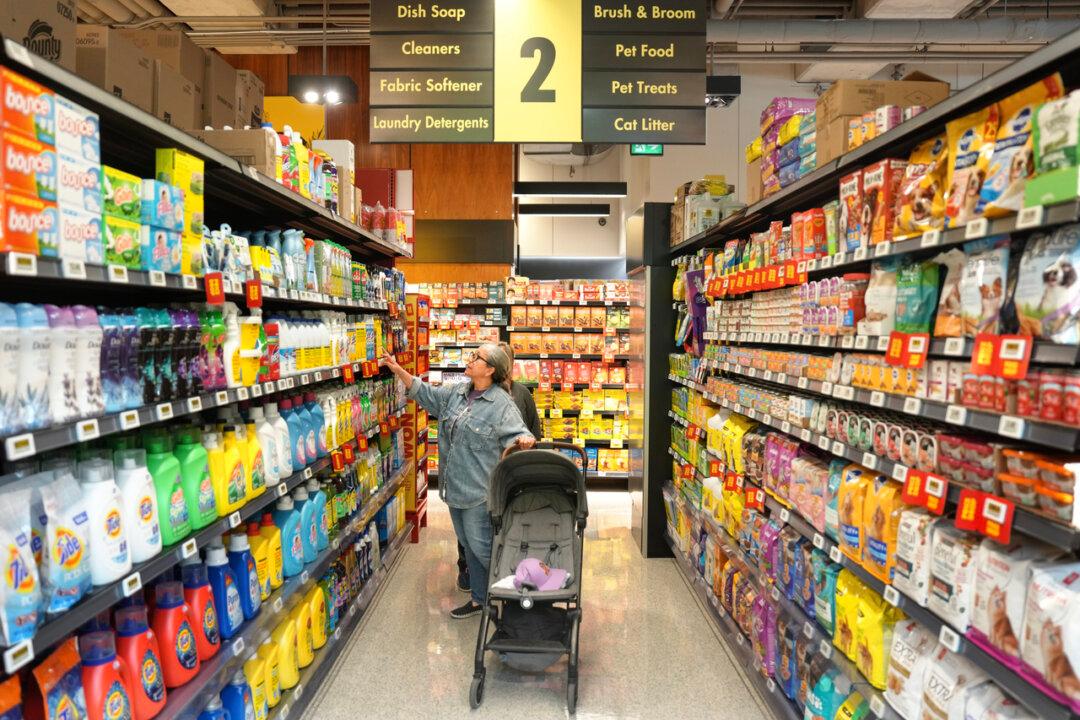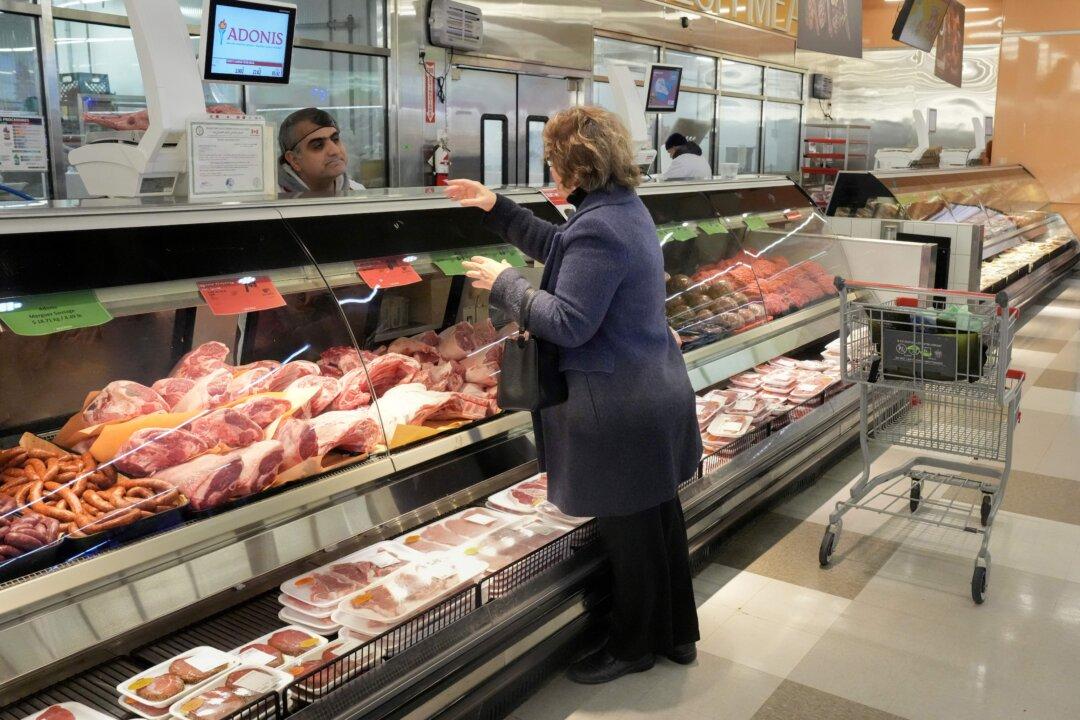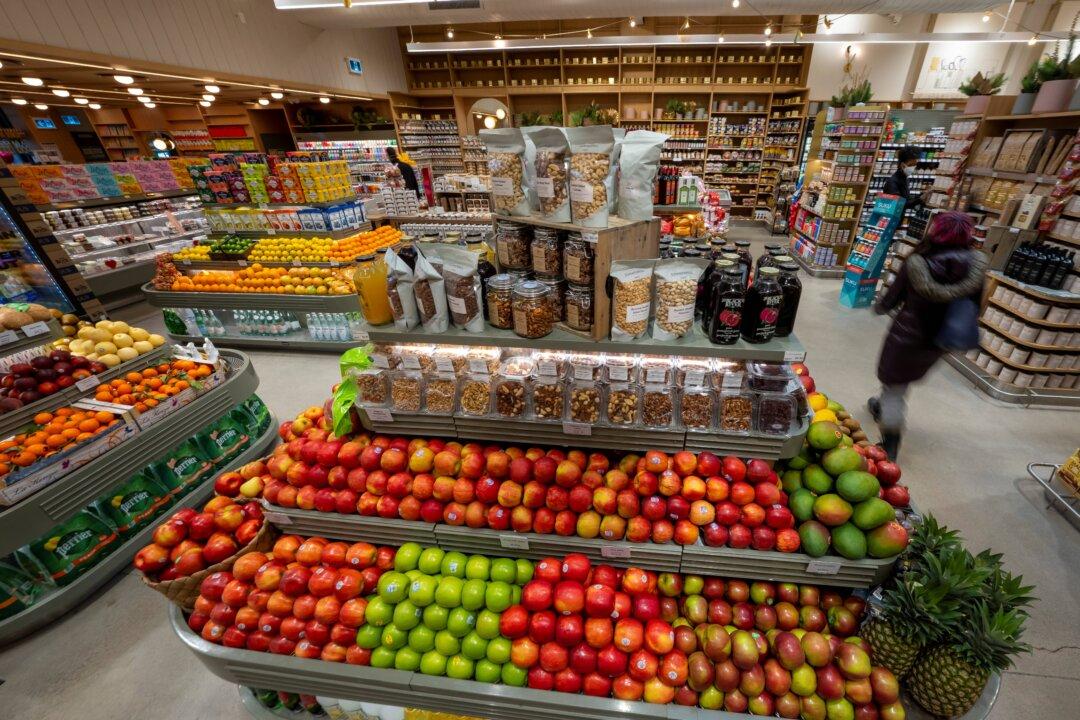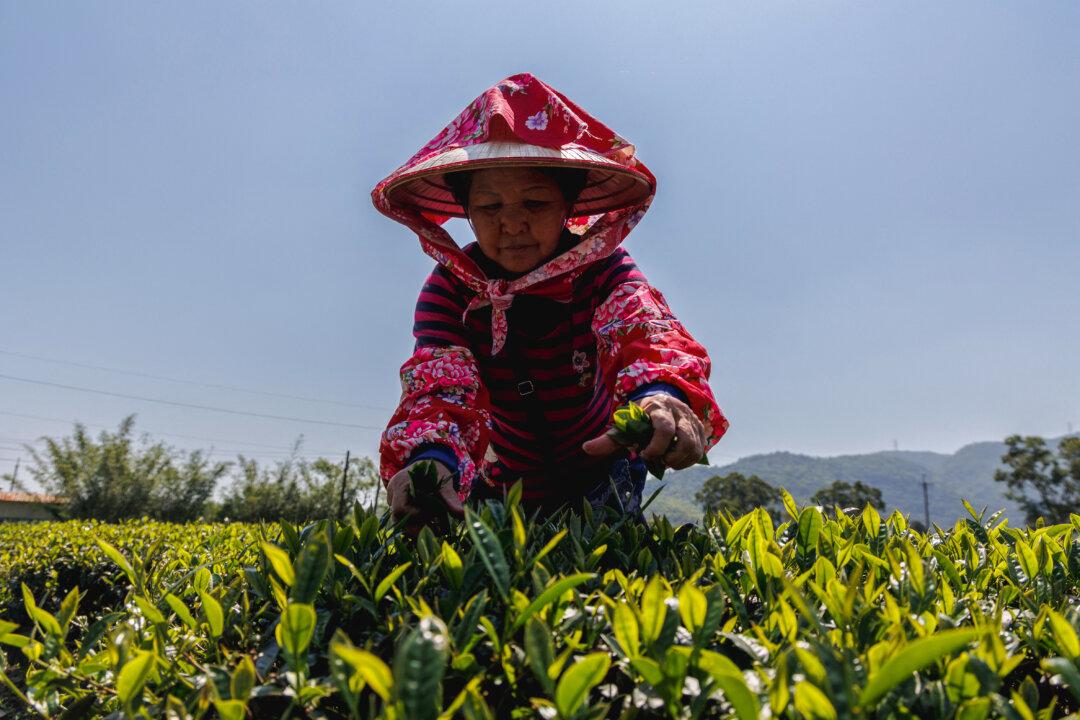Commentary
Experimenting with consumer-based philanthropy at the grocery store level is an idea that fascinates both economists and social entrepreneurs. The idea of relying on consumers’ generosity and altruistic nature to help those in need while keeping a grocery store afloat raises important questions.




